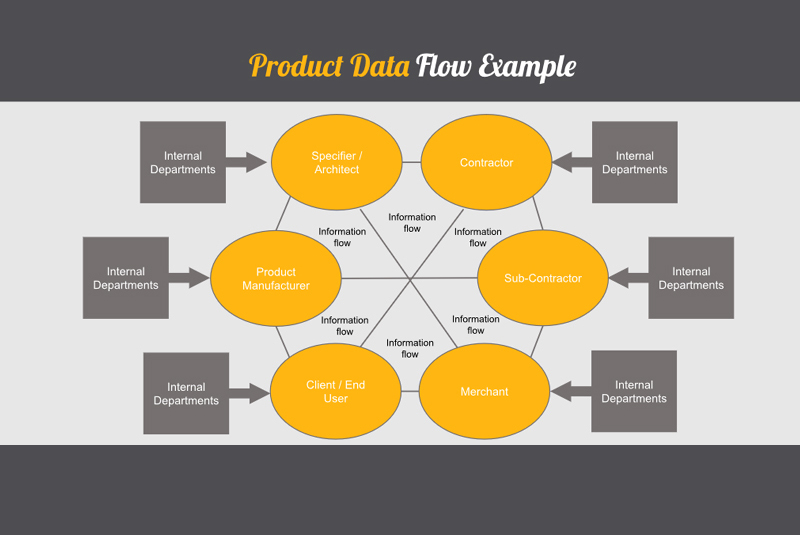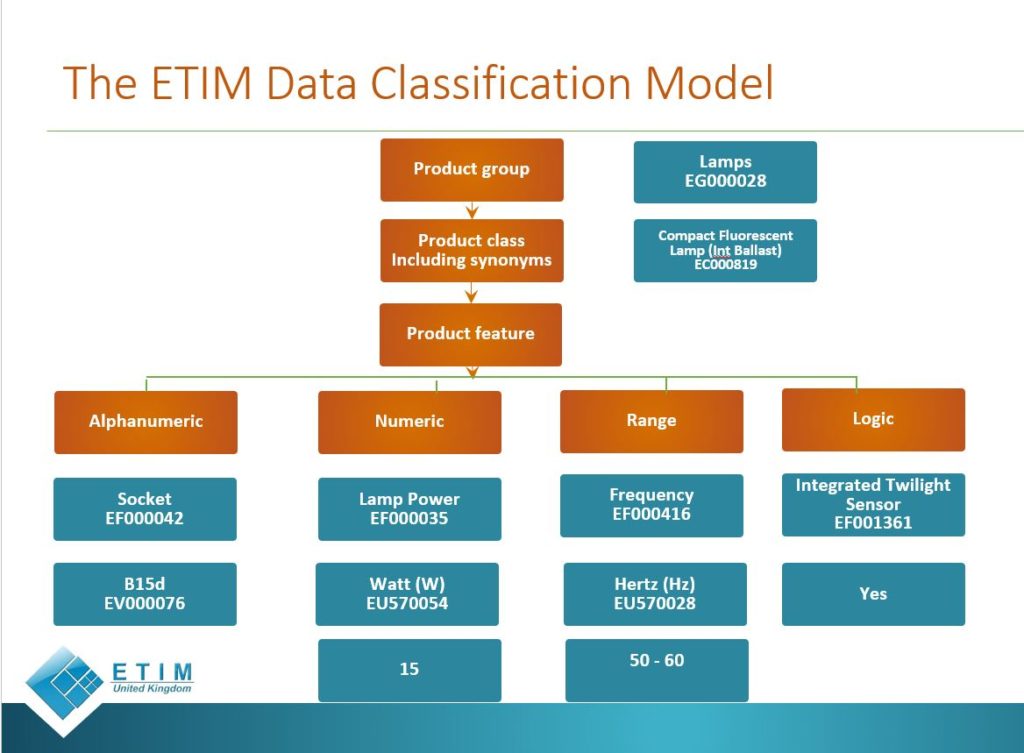
With many merchants starting to harness the power of an online platform, it is important that product data is kept consistent and structured. Pauley Creative MD, Stuart Dinnie, explains how ETIM can help drive further digitisation in the construction industry.
The ability to research, compare and buy products has become even easier in our personal and work lives. This is an opportunity that has been identified in other B2B industries, where they have already become privy to the importance of having structured product data so end users can easily identify and buy products online.
Using structured product data isn’t something that has been adopted to a great extent in the construction industry. But, it is at the heart of every area of the supply chain, and its lack of structure can cause pain in multiple scenarios – but particularly in relation to the digitalisation of the industry.
The shift toward digital transformation in the construction industry has been gaining momentum in the last few years. The latest initiative from the BMF aims to push this forward even further for their members. Implementing structured product data using the ETIM standards are the focus of this initiative, and its aim is to improve efficiencies throughout the supply chain.
What are the ETIM standards?
To begin to understand the ETIM standards, we must first be clear on what is meant by “product data”. When a product is produced, you must identify key taxonomies relating to that product so it is easily identifiable by a number of different parties. These unique classifications can include a description, size, weight, material, colour, uses, price and so on. It is an open-source data model for the standardisation and classification of product data.
The ETIM Data Classification Model

The BMF is the Sector Lead for ETIM UK and will be working to introduce the standards into the UK Building Materials, HVAC & Sanitary sectors – meaning wherever you sit in the construction industry, this initiative will likely affect how you manage, store & share product data.
The ETIM model offers the unambiguous grouping and specification of products. The data is consistently structured to allow it to be easily transferred from one system to another.
Currently, there is no agreed standard for presenting technical product information which is causing product manufacturers, merchants, contractors and so on to spend time re-working product data to meet their requirements.
How will ETIM affect your construction business?
For the construction industry, a number of different parties in the supply chain require the use of the same product data – not just the manufacturer, but merchants, contractors and architects or specifiers are all people who will rely on this data to do their jobs. Its complexity deepens when you consider the various departments that require the use of product data too.
At the moment, product data is created, stored and shared in a variety of different ways across the industry – it can change depending on the product type, the company producing the data, or the use of the data.
As the industry shifts towards digitalisation, data will be key to a seamless transition into the online world. Recently, the BMF performed a survey about product data & identified that 65% of respondents planned to launch or increase online business in the next two years, and 53% of respondents said that they have difficulty obtaining product data from their suppliers in an easily usable format.
As industry governing bodies push this initiative and it begins to gain traction, construction companies will have to begin to understand and potentially, implement the ETIM standards for their product data.
What are the benefits & challenges of using the ETIM standards?
As with any new initiative, there will be benefits and challenges relating to its implementation.
The main advantages of using the ETIM model are:
- As all data follows the same principles, there are expected to be major time & cost savings when transferring or using data.
- Reduced errors when transferring data from one source to another due to less human interaction.
- Information can be sent digitally but can also be used in print media and BIM Product Data Templates (PDT’s).
- Data can be easily translated into sales-driving content as all parties will be “singing from the same hymn sheet”.
- End users get more consistent and accurate product information.
The main challenge of using the ETIM model is that onboarding the whole industry to use the same standards is a huge task. Each company will have their own processes which will take time to change, or there may be resistance to change.
Considering how the ETIM standards affects the product pages on your website
If you are using your website to showcase or sell your products, you will probably have an interest in how those product pages are performing. This is where you might start to consider your website’s SEO performance.
One element of this is your on page SEO, which is something you should be considering, regardless of ETIM. But, it’s a good time to bring it up so it’s at the forefront of your mind.
On-page SEO is about optimising your web pages to ensure you rank within search. A search engine will look at the content on your page including your Title Tags, Meta Descriptions, Headlines, Header Tags, Image Alt Tags and the written content. If you duplicate this content, it will negatively affect your ranking in search because search engines don’t want to rank pages that have copied content from other pages.
It’s likely that if you are implementing the ETIM standards, you are probably going to make updates to the product pages on your website. This is the perfect time to make sure you are also implementing “best practices” for your on-page SEO.
How have the ETIM standards been applied in other industries?
The ETIM standards have been adopted by manufacturers and wholesalers in 20 different countries. The EDA (Electrical Distributors Association) has been implementing the standards into the UK electro-technical sector since 2017.
Venture Lighting Europe Ltd is one of the companies already implementing the ETIM standards. To view the full case study, click here.
What actions to take now?
The BMF initiative was launched in January 2020, so it is still in its infancy stage. Therefore, it is the perfect time to become accustomed to the standards set in the ETIM Model & engage with the BMF to find out more about how your company could begin to implement the ETIM standards across your product data.
Related stories:









